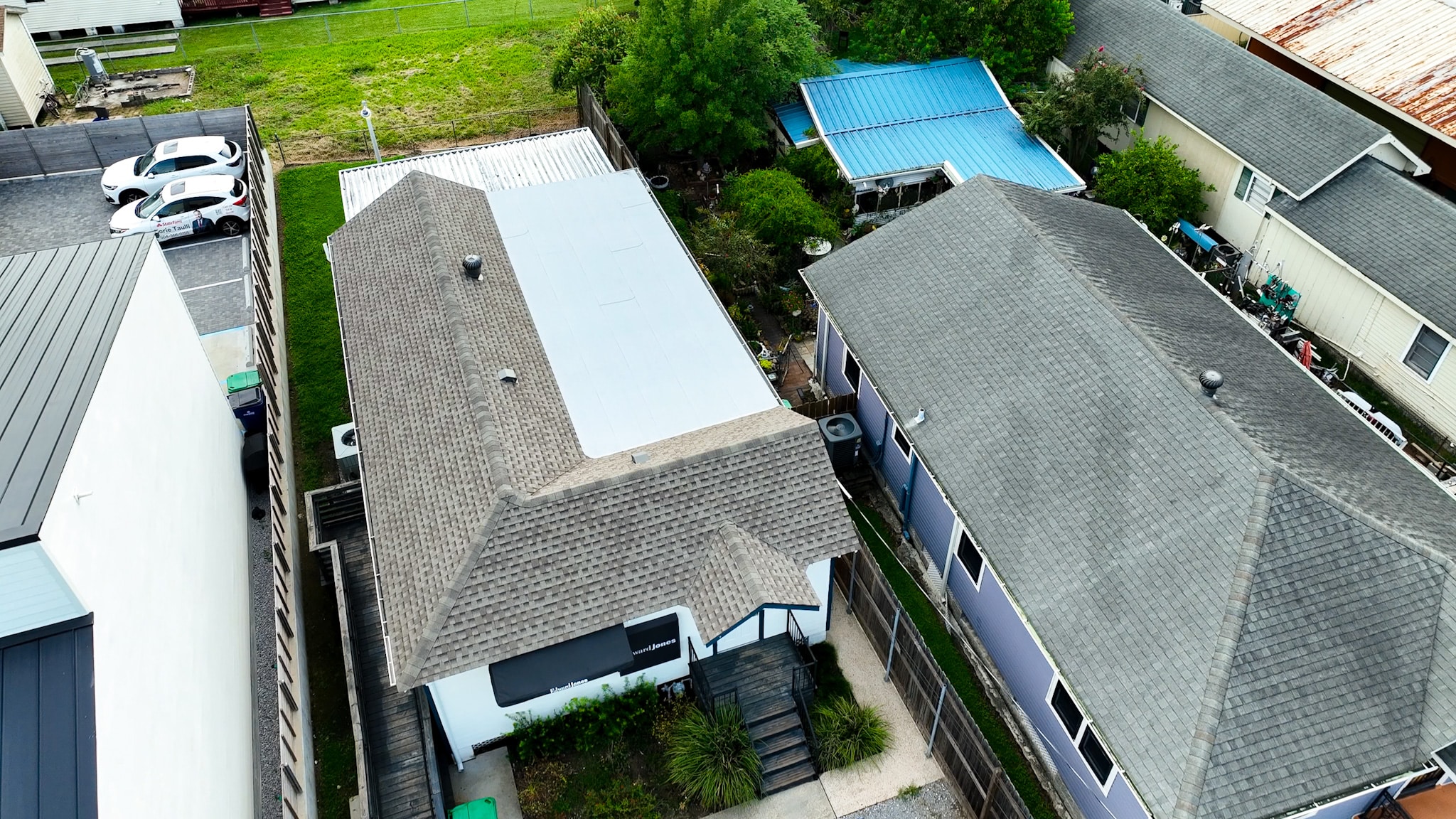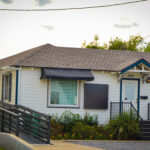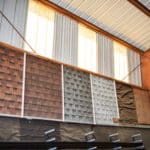6 Warning Signs You Need a Flat Roof Replacement
If you own a home or commercial property with a flat roof, there’s one thing you probably fear more than anything: unexpected water damage. It usually starts with a small stain on the ceiling. Then comes the dripping, the musty smell, and before you know it, you’re scrambling to deal with mold, insulation issues, and a rapidly rising repair bill.
It’s easy to ignore problems with flat roofs until they become emergencies. But spotting the early warning signs can save you thousands, and a lot of stress. The cost of a flat roof replacement may seem high, but waiting too long can be far more expensive. That’s why understanding the signs is essential.
If you’re wondering whether you need a flat roof replacement, pay close attention. Catching the signals early can make the difference between a manageable project and a full-blown disaster.
Understanding the Need for a Flat Roof Replacement
Flat roofs, despite their name, are never truly flat. They have a slight pitch to allow water runoff, but over time, weather, materials, and structural shifts can take their toll. A well-installed flat roof can last 15 to 30 years, depending on the material and maintenance. But even the best roofs need replacement eventually.
Sometimes, patching up damage is no longer enough. Let’s look at the six clearest signs that it’s time for a full flat roof replacement.
1. Persistent Leaks and Water Pooling
If you’ve dealt with repeated leaks, the problem may be more serious than it appears. A small drip can often be patched, but if the issue returns after every rainfall, it’s a red flag.
Water pooling on a flat roof is another danger sign. Since flat roofs don’t drain like sloped ones, standing water can quickly wear down materials. Over time, this leads to rot, mold, and weakened structural components.
If leaks keep returning or if puddles sit on your roof for days after a storm, you’re likely past the point of basic repairs.
2. Visible Blistering, Bubbling, or Cracks
Flat roofing materials, like modified bitumen, EPDM, or TPO, are designed to handle temperature changes. But with age and weather exposure, they start to blister or crack.
These blisters form when air or moisture gets trapped under the membrane. Over time, they can grow larger, causing the material to split open. That leaves your roof vulnerable to leaks and UV damage.
If you spot large bubbles, splits, or spiderweb-like cracks, it may be time for a flat roof replacement rather than another round of patchwork.
3. Sagging or Low Spots on the Surface
One of the more alarming signs is visible sagging in the roof. This usually points to structural weakening beneath the surface, often from long-term water damage.
You might notice uneven areas or feel a soft spot when walking across the roof. These signs suggest the roof’s deck or insulation is failing. Even small depressions can lead to standing water and accelerate the breakdown.
Sagging is not just a cosmetic issue, it’s a serious structural concern. Ignoring it can put the entire building at risk.
4. Mold Growth or Interior Water Damage
Have you noticed peeling paint, water stains on ceilings, or a musty smell in the building? These are often the first clues that your flat roof is failing, even if the damage isn’t visible from outside.
Mold growth is especially dangerous. It thrives in moist environments and can spread quickly once it takes hold. Not only does it damage surfaces, but it also poses a health risk to occupants.
Interior water damage means the roof has already allowed moisture to penetrate. At this stage, the need for a flat roof replacement becomes increasingly likely.
5. High Energy Bills and Poor Insulation
Flat roofs play a crucial role in regulating indoor temperatures. When they’re intact and well-insulated, they help keep heat in during winter and out during summer.
But over time, aging roofs lose their efficiency. You might notice your HVAC system working harder than usual. If your energy bills have crept up and you can’t figure out why, a deteriorating roof could be the hidden culprit.
Insulation can become saturated when water infiltrates the roofing system. Once wet, it no longer acts as a barrier, leading to energy waste and discomfort. Replacing the roof is often the most cost-effective long-term fix.
6. Roof Age and Extensive Patchwork History
Sometimes, the most obvious sign is simply the age of the roof. If your flat roof is nearing the end of its expected lifespan, it’s wise to plan ahead rather than wait for failure.
Likewise, if the roof has been patched or repaired multiple times, the layers of materials may start to work against each other. Older repairs can trap moisture or separate under heat.
A flat roof replacement isn’t just about function, it also restores structural integrity and long-term reliability.
When Repairs No Longer Make Sense
It’s natural to want to stretch the life of your roof as long as possible. Repairs are less expensive than a full replacement, at first. But over time, repeated fixes cost more than a well-timed replacement.
If your roofing contractor recommends replacement, consider the full picture. A new roof brings peace of mind, improved energy efficiency, and often better resale value.
For property owners in Louisiana, working with an experienced Roofing Company in NOLA can make all the difference. They understand the unique climate challenges, like heavy rains and high humidity, that affect flat roofs in the region.
Choosing the Right Time to Replace
So how do you know when to pull the trigger on a flat roof replacement? Start with a professional inspection. A trusted roofer can assess the severity of issues and guide you through the options.
In general, if more than 25% of the roof is damaged or leaking, or if the structural deck is compromised, replacement is the safer investment.
Don’t wait until damage spreads to the inside of the building. The sooner you act, the less disruption and cost you’ll face.
Final Thoughts: Protect What’s Underneath
Your flat roof does more than just keep out rain. It protects your home or business, preserves your investment, and affects everything beneath it, from walls and wiring to furniture and equipment.
Waiting too long to replace a failing roof is a costly mistake. But recognizing the signs early, persistent leaks, surface damage, sagging, mold, energy loss, and age, can give you the advantage.
By acting at the right time and choosing the right materials, your next roof can give you decades of protection.
Whether you’re dealing with commercial or residential roofing concerns, don’t ignore what your roof is telling you. If you’re unsure, schedule a professional evaluation. Many homeowners and property managers who act early avoid major headaches later on.
For those in the Gulf South, a qualified Roofing Company in NOLA can provide tailored solutions to match the local climate and building codes. Don’t wait until water starts dripping onto your desk or kitchen counter. Listen to your roof, it might be telling you it’s time for a change.




